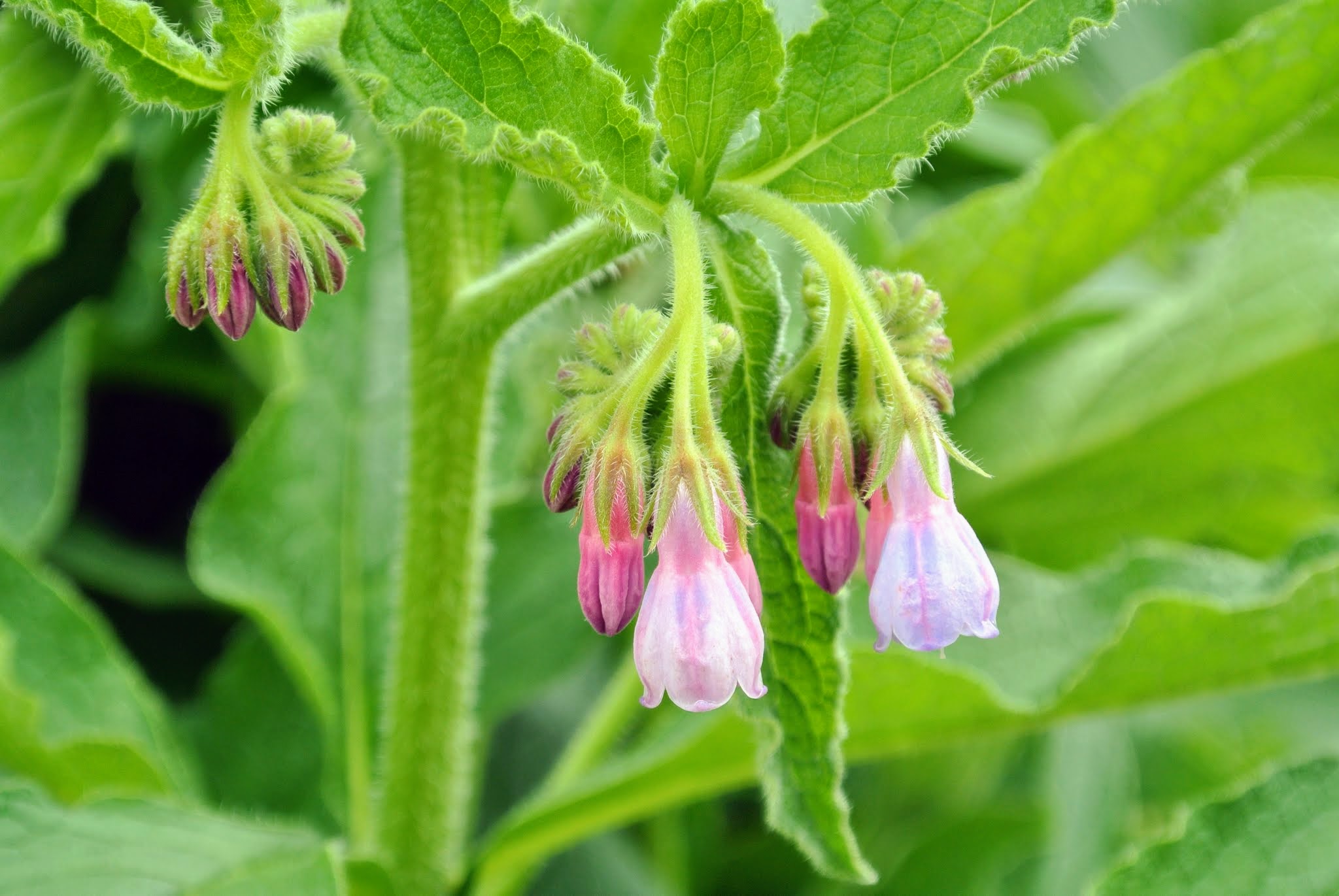

Showy but drooping violet flowers dot the comfrey plant during its blooming season.
COMFREY SYMPHYTUM OFFICINALE PLANTS HOW TO
⇒ The Complete Map of Edible Plants: Find Out What You Have in Your Area! (Video) How To Identify Comfrey Comfrey favors damp and grassy places, and they are often found lining river banks, fens, and marshes. This herbaceous perennial naturally thrives in cooler conditions and will survive drought and frost. Where Comfrey Is FoundĬomfrey hailed from the temperate regions of Europe and Western Asia and was naturalized in the United States. Thus, comfrey was temporarily restricted to be cultivated as a food crop. In 1978, Japan published a study depicting the adverse effects comfrey can cause to the liver. The use of comfrey as food and fodder was challenged by scientific studies due to its carcinogenic properties. They used it for treating heavy bleeding, bronchial illnesses, wounds, and bone problems. Since the early 400 BC, comfrey exists as a healing herb used by the Greeks and Romans. It is also considered an excellent crop for mulching and organic fertilizing. It is sold as ointments or topical salves and tinctures. However, they are still propagated as garden ornamentals and as topical medicine. Today, comfrey is rarely used for food purposes for humans and animals. There is information pertaining to its toxicity and possible risk for cancer and liver damage with unreasonable intake. The plant has a long history in folk and ancient herbal treatments before comfrey is deemed unsafe for consumption. It also came as a reference to the belief that comfrey can mend broken bones. It is called knitbone or boneset, referring to the bone-like growth of its roots.

Comfrey ( Symphytum officinale) is an attractive ornamental plant used in gardening and medicine.


 0 kommentar(er)
0 kommentar(er)
